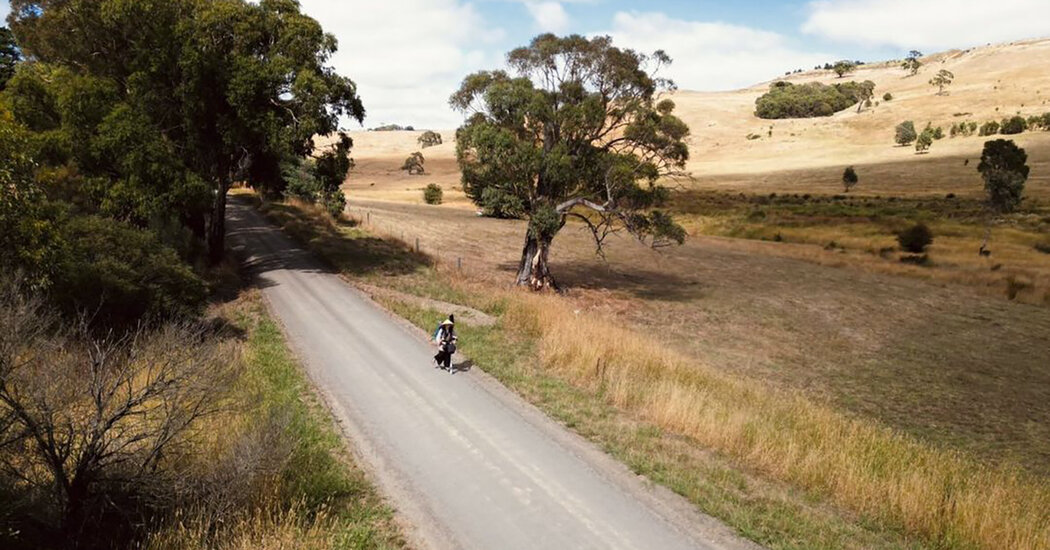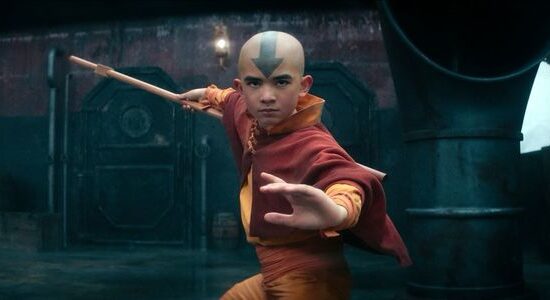
The Australia Letter is a weekly newsletter from our Australia bureau. Sign up to get it by email. This week’s issue is written by Natasha Frost, a reporter in Melbourne.
Earlier this year, my colleague Hikari Hida and I reported on an amazing, improbable journey underway on Australia’s east coast.
Ryokei Mifune, a young Japanese backpacker who goes by Uni, was making his way from Melbourne to Cairns, via Sydney, on a flimsy nonmotorized child’s scooter, a journey of more than 2,000 miles.
He was, in every respect, underprepared — camping in urban parks, losing toenails to the tarmac (he wore sandals throughout) and communicating with strangers via Google Translate and the universal language of grateful smiles and nods. His ride, which was sorely inadequate for Australia’s gravel roads, broke on multiple occasions.
“I don’t think I prepared anything in particular for this trip,” he told us in February. “If I think too much, it’ll just complicate things and it’ll be hard to take a step forward, so I thought: If I jump straight in with no Plan B, I’ll somehow figure things out.”
Nearly four months later, Uni has done just that. As his journey received more media coverage, strangers began to look out for him on the road, offering him meals or a place to stay. Over 124 days, he learned a lot more English, saw more of Australia than many Australians and harnessed the attention on his story to raise thousands of dollars for refugees.
On Saturday, Uni rode into Cairns, holding a Japanese flag signed by his supporters aloft above his head. He hopped off his scooter, smiling and bowing, and thanked the waiting, cheering crowd.
Later, in a post on Instagram, he wrote: “When I finished my travel, I felt once again that I was supported by many people. I will continue to run toward my goal with your thoughts in the wind.” He plans to return to Japan later this month, he said.
Uni’s journey makes for an incredible story. But the vastness of Australia — which is only slightly smaller than the United States — can often make unusual journeys part of the everyday.
In January, heading from Broome to Kununurra, Chris English made a 3,000-mile detour through the outback after a bridge was closed because of serious flooding.
“I’m a seasoned driver,” he told me at the time. “As far as traveling through the center of Australia, off the beaten track and whatnot, goes, I’ve been doing it all my life. So to me personally, it’s just another trek.”
His son, Craig, posted updates from his father’s journey on Twitter, and thousands of people began to track his progress across the country, along a journey greater than the distance from Moscow to Gibraltar.
“I got a phone call from one of the kids, or my wife, saying ‘You’re famous!’” Chris English said. “I said, ‘What do you mean?’”
I had my own small taste of Australia’s tremendous scale this year while reporting in Western Australia.
I had planned to travel to Exmouth, on the Ningaloo Peninsula, to report on a rare total solar eclipse that had drawn thousands of visitors from around the world. Matthew Abbott, the photojournalist I was working with, suggested looking for other stories nearby to make the most of being in the region.
Places that seemed close together on the map, I quickly learned, were often days of travel apart. In the end, we used the trip to work on this story about lithium mining in Australia — a short hop of around 500 miles from Exmouth.
On a journey of this length, the risk of misadventure looms large. Matt and I traveled with extra food and gallons of extra water and refueled whenever possible to avoid running out of gas many miles from any services or cellphone reception.
I had recently read about one of the most famous stories of Australian expeditions gone wrong. In 1860, Robert O’Hara Burke and William John Wills traveled with 19 men — and a lot of camels and rum — about 2,000 miles from Melbourne to the Gulf of Carpentaria. The adventure ended with the pair dying of malnutrition within a few days of each other on the return leg, at the end of June 1861.
Burke, an Irish soldier, had no particular skills or experience as an explorer, surveyor or navigator, and the objectives of the mission were hazy at best, writes the historian Kathleen Fitzpatrick. The real gains — other than that it was the first time that Europeans had crossed the country from South to North — were made by the search parties that set out to look for them, and in the process found valuable new grazing lands.
The episode has been mythologized as a heroic failure in Australia — one that may get at a certain spirit of adventure that is part of how some Australians see themselves.
Leigh Swansborough, 51, is another Australian who has spent her life off the beaten path. Earlier this year, after returning from ten months of walking across Iran, she sought out Uni to pay forward the generosity she had experienced on her travels, she told me.
There was something infectious about big, courageous journeys like Uni’s and her own, she said. “When people find out what you’re doing and who you are and why, they all want to be part of it.”
Now for the week’s stories.
Are you enjoying our Australia bureau dispatches?
Tell us what you think at [email protected].
Like this email?
Forward it to your friends (they could use a little fresh perspective, right?) and let them know they can sign up here.













